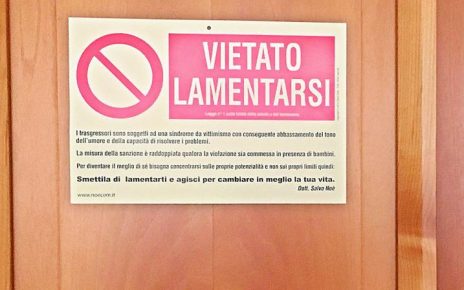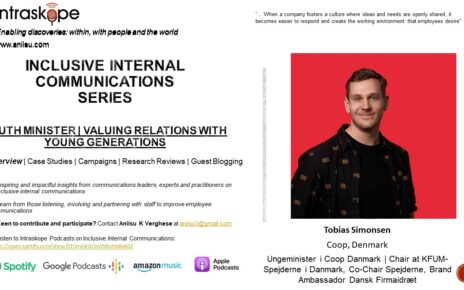Culture is defined as ‘the way things happen around here’ and while there is positive intent to ensure people focus on what’s right, when poor behavior is ignored or worse, recognized, culture becomes what I can ‘un’culture.
An environment where managers and leaders let things slide, ignore warning signs that the culture is eroding and let disdain set in.
It is that zone when staff begin to realize that what is ‘said’ and what is ‘practiced’ don’t match, culture is a fad and there is nothing extraordinary about the workplace anymore.
It is a worrying ‘spot’ to be in because you have lost the trust of employees, they are mentally and emotionally disengaged and you are staring at a deluge of people heading out the door.
How does culture slide? Consider these speculative examples:
- Maria is not performing in her role and is continually giving reasons to shirk work. Her manager notices this pattern and calls it out, but stakeholders are ‘unsure’ if settling the issue will result in work taking a backseat. Maria is emboldened by the lack of direct feedback and keeps taking advantage of the system and dumps works on her colleagues, who are upset because it doesn’t seem fair and the management is not putting their foot down. Over time, other team members also take the cue and let work slide resulting in stakeholder angst and poor-quality deliverables.
- Or, the case of Jack, who is finding ways to say ‘no’ rather than a solution to challenges the team faces. While it is important to also have ‘naysayers’ in the team so that there is a balance between optimists and pessimists, it is reaching a stage where work doesn’t progress due to resistance from Jack on all quarters. He does find time to take long breaks and vacations while his team continues to seek solutions to everyday communication challenges.
- Or, Rita, who projects that she is busy while there is little evidence to show in the work or performance. She avoids meetings with her manager. She takes credit for good work done but isn’t on top of basics that are needed to keep the ball rolling. She is great with managing relationships and leaders in the company’s head quarters think she is performing well. This creates resentment in the team who aren’t sure why no one is calling out this ‘BS’ and what makes leaders continue with someone of her caliber when others are slogging their @*&*# out.
Every organization can have ambitions to be in the top, best, recognizable, admired or ‘what have you’ workplaces. However, when the culture slides the wrong way due to inaction, apathy or ignorance, there is no hope. No amount of engagement initiatives or benefits can turnaround a culture that is sinking due to lack of leadership and the ability to call a spade – a spade. You can invite the most renowned consultants to give you advice but when you ignore what’s taking place in front of your eyes, there is no recourse.
So, what can be done to help managers and leaders spot the ‘signs’ of ‘unculture’?
- Show them what constitutes ‘great’, ‘good’ and ‘unacceptable’ behaviors. Gives examples (and real ones) where people were rewarded for great work and behavior and also when bad behavior didn’t go unnoticed and people were let go.
- Give ‘air cover’ for managers to take ‘hard’ calls when needed. Often, when the system is slow, painful and cumbersome to navigate, managers will weigh the cost and benefit for their actions. If there is clarity on how and when such actions can be taken, there will be less hesitancy
- Recognize those who have taken strong decisions to ‘protect’ the culture and it can happen anytime, not just at the gala rewards night
- Invest in training managers to send strong messages (often hard ones) when there are gaps in performance and in behavior
Culture is for everyone to own. While your organization may have a Chief Culture Officer, getting buy-in begins with every single employee.
Keen to get advice on communication and branding? Reach out to me: https://www.intraskope.com/advantage
Interested in getting stronger with your culture and internal communications? Look up these resources.
Take a FREE Employer Branding Readiness Assessment and gauge where your organization stands.
· Learn: Internal Communications Fundamentals Course on Thinkific
· Read my latest book: Inclusive Internal Communications (2023)
· Internal Communications Series: https://forms.gle/KcqmPzLwq7NQi5Km6
· Chat with Aniisu – Internal Communications: https://www.instamojo.com/intraskope/connect-with-aniisu-60-minute-personalized-d/?ref=store
· Internal Communications workshops: https://bit.ly/2zdBRl1
#culture #communication #ic #toxicworkplaces #toxicmanagers #leadershipgaps #apathy #trust #work #environment



